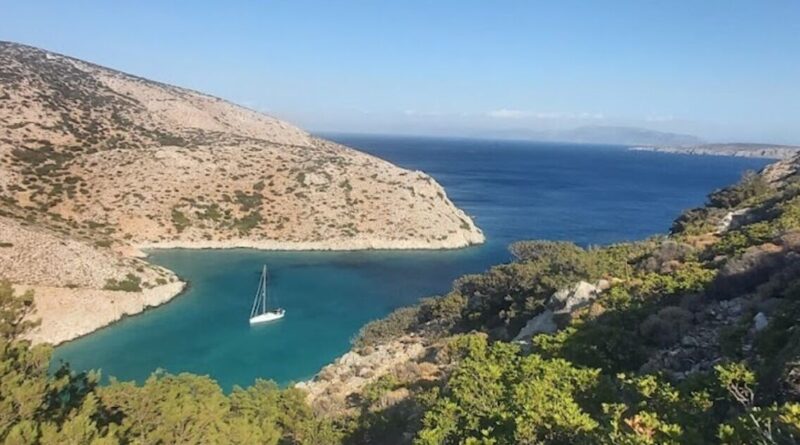The pretty Greek island where nobody lives – no drinking water but incredible beaches | World | News
Greece is one of the most popular destinations in Europe, regularly attracting millions of tourists each year. One of the biggest draws for travellers is Greece’s collection of magnificent islands with their stunning scenery and beaches.
The country has 6,000 islands and islets scattered in the Greek Seas, of which only 227 are inhabited. Perhaps the most famous are Santorini, Mykonos and Crete to name just a few. One island that is definitely worth a visit, but less well-known than its famous neighbours, is Keros – one of the most important centres of the Cycladic civilisation.
Located just two nautical miles south of Koufonissia, Keros is today uninhabited and can be visited by boat on a day trip.
It is a semi-mountainous and steep island, which covers an area of 15 square kilometres and has a coastline measuring 27 kilometres.
Shepherds’ huts and two small churches are the only signs that humans used to live on the island.
There is no drinking water on Keros, so visitors who travel to the tiny island for a day out to enjoy its sandy beaches are advised to bring plenty of their own supplies.
Cycladic civilisation emerged in the area during the Early Bronze Age, in the third millennium BC.
No written sources date from that era, making it difficult to determine how people lived there, which gods they worshipped, and how their society was organised.
However, archaeological digs have unearthed a considerable amount of artefacts, that have helped academics gain important insights into the early civilisation.
These objects include marble statues, utensils made of stone and ceramics, obsidian blades and many graves.
Many of these treasures are now housed in the National Archaeological Museum in Greek’s capital Athens.
According to myth, the goddess Leto gave birth to Artemis on the island, which is why many archaeologists believe that religious celebrations of this deity took place on Keros.
Researchers also think that people from the surrounding islands brought their dead to Keros for burial, because they believed the island was one of the Gates of Hades, the God of Death.





